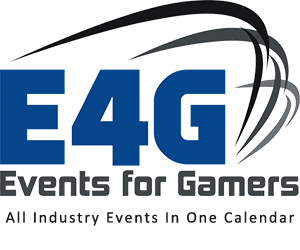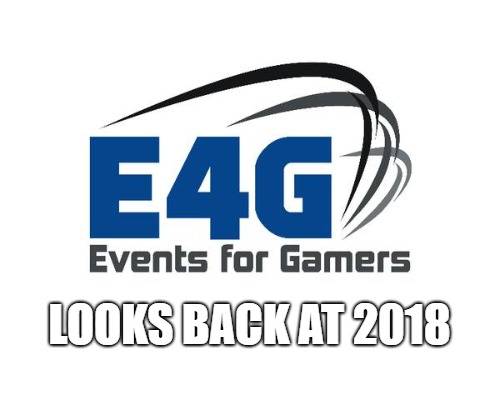It’s been a wild ride in so many ways throughout 2018, and that ride certainly includes a seat for games and events. Let’s take a look back at a few of the stories that have had an impact on players, game development, and the business that drives the games we play.
Sony withdraws from E3 2019
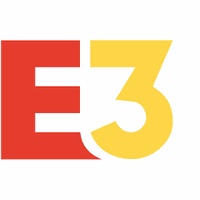 When it comes to events, with long windows for planning required, the most impactful news involving events for the year following often happens the year before. In this case, when Sony announced in November that they were nixing their presence from E3 2019, it surprised a lot of folks in the business. Perhaps seeing an opportunity to command more visibility, the other major real estate-holders on the E3 Expo floor, Nintendo and Microsoft, confirmed their continued engagement with the show for next year. Still, it will be interesting to see how Sony’s non-presence will shape the look and feel of one of the most impactful shows in the business.
When it comes to events, with long windows for planning required, the most impactful news involving events for the year following often happens the year before. In this case, when Sony announced in November that they were nixing their presence from E3 2019, it surprised a lot of folks in the business. Perhaps seeing an opportunity to command more visibility, the other major real estate-holders on the E3 Expo floor, Nintendo and Microsoft, confirmed their continued engagement with the show for next year. Still, it will be interesting to see how Sony’s non-presence will shape the look and feel of one of the most impactful shows in the business.
Targeted game conference acquisitions
Some smaller, targeted game industry events seem to have matured to a point where marketing or content agencies have started to take a shine to them. Cases in point? The German games development and business conference, QUO VADIS, was snapped up in November by Booster Space, while less than month later, the indie-social-mobile-focused game development conference with a global-trotting presence, Casual Connect, was acquired by content agency, Greenlit Content. How will these acquisitions change the look of these particular events and others in 2019? The coming year is almost here, so we will see soon enough!
When fan-focused events have to deal with angry fans
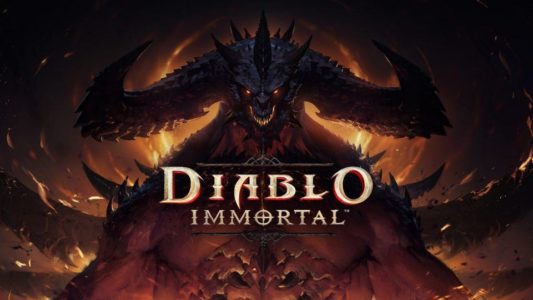 In this instance, we’re referring to Blizzcon’s controversy-fraught reveal of the upcoming mobile version of Diablo on the keynote stage. In social media, in op-eds, forums, the discussion was waged, often in heated terms, about fan entitlement. Developers perhaps failing to see and understand their fandom, and the opportunities that come from a change in broader market demands. Just as Diablo Immortal has not been launched, neither has this discussion found a comfortable stopping point. This broader discussion (or argument) is sure to continue, as the industry and market evolve.
In this instance, we’re referring to Blizzcon’s controversy-fraught reveal of the upcoming mobile version of Diablo on the keynote stage. In social media, in op-eds, forums, the discussion was waged, often in heated terms, about fan entitlement. Developers perhaps failing to see and understand their fandom, and the opportunities that come from a change in broader market demands. Just as Diablo Immortal has not been launched, neither has this discussion found a comfortable stopping point. This broader discussion (or argument) is sure to continue, as the industry and market evolve.
When the community picks up the mantle of a canceled con
The smaller the event, the less certainty there is that it will return from year-to-year. Staff, budget, and other strong forces of business can shape or break a smaller event. The best insurance against event failure is a robust and well-thought-out plan. When that does not happen, the worst outcome can be an egregiously fraudulent failure, like the Fyre Festival — and the criminal sentencing of the co-founder that happened earlier this year is probably a big enough story in itself to land on this list.
But the sad story about the failure of organization and resource management behind the “multi-fandom Con dedicated to inclusion, highlighting Women, LGBTQ, the Disabled and Persons of Color.” Universal FanCon, which was canceled a week before it was supposed to go live, is a smaller scale story that impacted attendees and vendors, who were caught by surprise, and the outcome arguably affected them more.
The good news is that fans quickly whipped up a pop-up event, Wimicon, to support their community and the vendors who put in their money for an event that had gone into a long-term carbonite hibernation, and at this time, appears to still be on ice.
Community anger helps to get a conference canned
As we’ve seen, communities have many ways to use conferences to draw people together, to put attention on their demands, and more. Pulling from the “and more” category, we highlighted the concerns from the gaming and technology community after a controversial keynote speaker, Steve Bannon, was going to speak at the Advances in Computer Entertainment Technology conference, which was to be held in early December in Montana. After being spotlighted in the media and on social media, with support for the conference then being withdrawn, the ACE event was shelved, at least for this year
eSports continuing to grow at a healthy rate
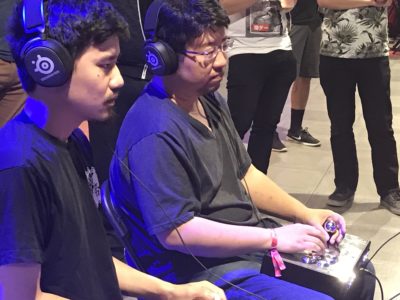
Some of the most intense change and evolution in events celebrating games and gamers involves eSports, which is seeing dramatic growth in the number and variety of competitive gaming events, from Epic Games’ fast-growing Fortnite to good ol’ real-time strategy game, Starcraft. One of the best ways to track the impact of eSports is to follow the numbers from professional number-crunchers.
Near the start of 2018, market research agency Newzoo projected that eSports would grow, in a VentureBeat story, “38 percent to $906 million in 2018 and further grow to $1.65 billion by 2021 … North America will account for 38 percent of the 2018 revenue, or $345 million, while China will be 18 percent, or $164 million.”
Put side-by-side with the measuring stick of viewership of conventional major league sports, investment firm Goldman Sachs, through a mid-year article on TheStreet, said:
In a report published Tuesday, Goldman said it sees eSports surpassing Major League Baseball and National Hockey League viewership. According to data from NewZoo, an estimated 167 million people around the globe will watch eSports per month in 2018.
“The immense popularity of survival-based games like Fortnite, growing prize pools for eSports tournaments, the rise of live-streaming, and improving infrastructure for pro leagues have all paved the way for eSports to reach 300 million viewers by 2022, on par with NFL leadership today,” said the note.
If the reports are right, with more viewership, larger purses, and better infrastructure, eSports will be a hot topic for years to come, long past 2018.
As for 2019 and what’s to come in games business and culture and events, one of the best ways to keep on top of the latest news is to check up on the Events for Gamers site and on Twitter and Facebook!
Do you have other moments that you think defined the 2018 year in events and gaming? Add them in a comment below!

